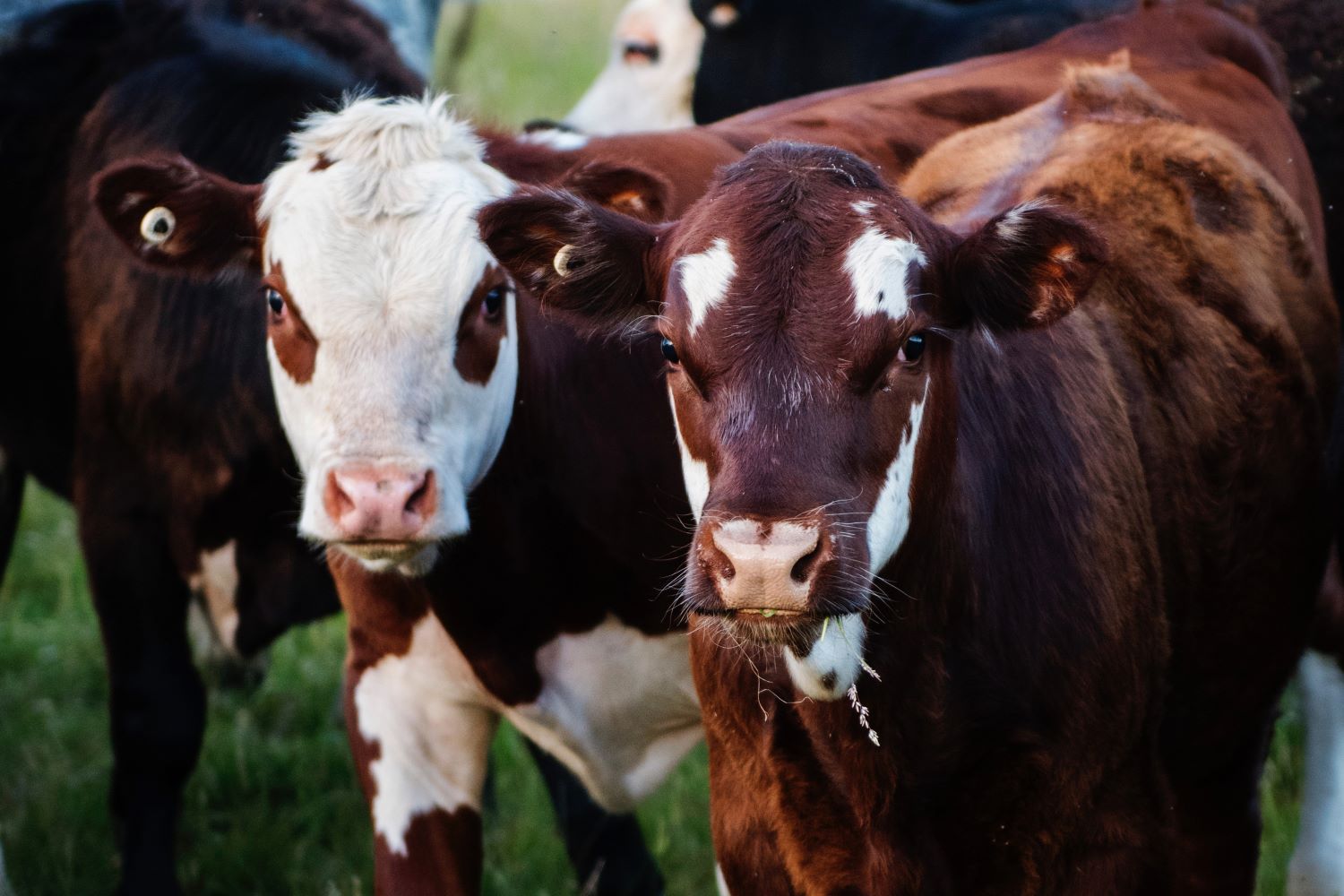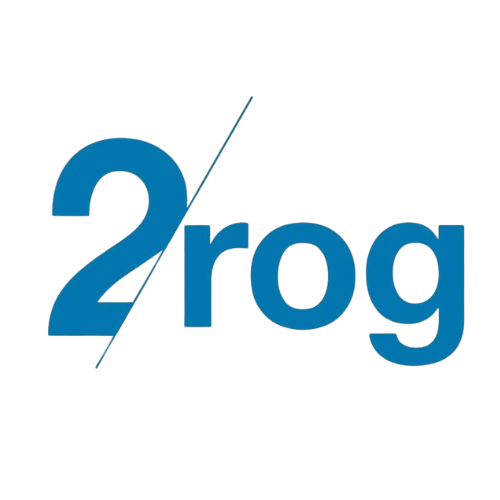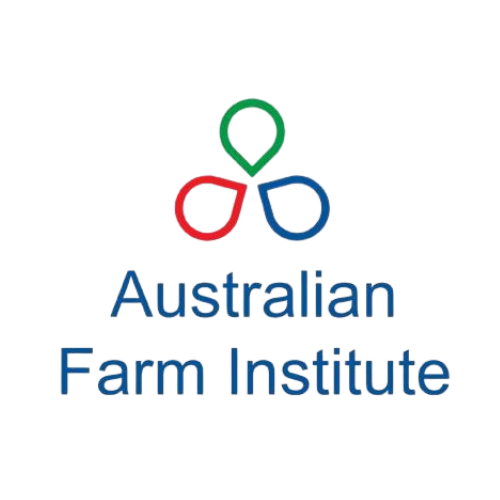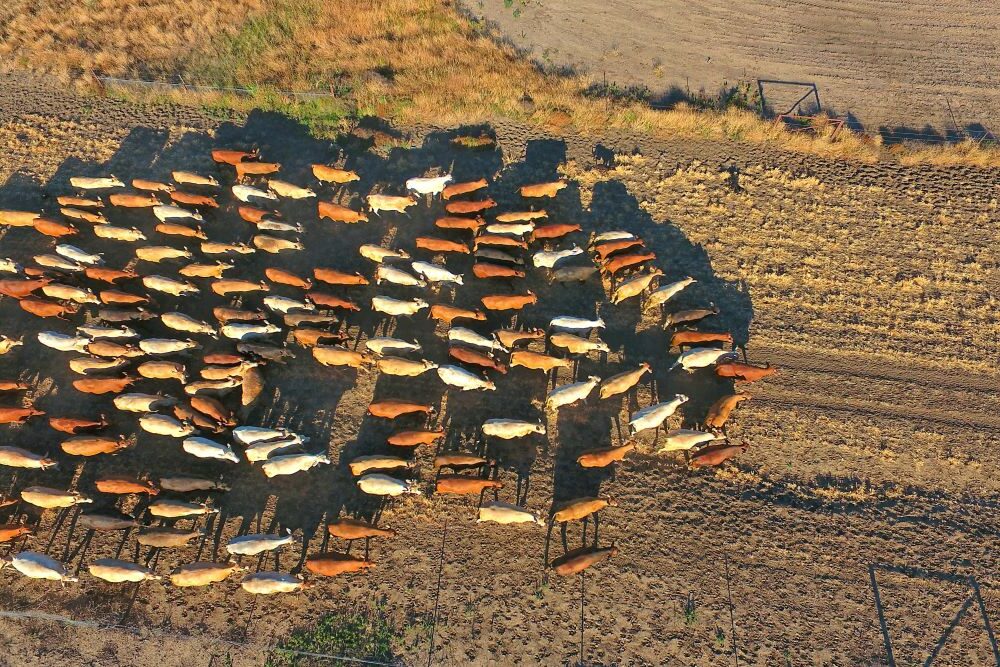
This case study investigated how the export of Australian beef products to Europe could be maintained in accordance with proposed EU Deforestation Regulations (EUDR).
AgTrace Australia created a hypothetical land management credential that would be required for Australian beef producers to export their products into the European Union.
The Credentials: EUDR Compliance, Location History
The Technology: National Livestock Identification System (NLIS), AgTrace Industry Demonstrator Platform, Cibo Labs Land Management Assessment System
With EUDR scheduled to come into effect on 1 January 2026, this case study was more than just a hypothetical. It was an opportunity to get the industry ready.
The proposed regulations apply to a range of products including cattle, cocoa, coffee, oil palm, soya and wood. When exported to the European Union, they must be proven to be:
- Deforestation-free
- Produced in accordance with relevant legislation
- Covered by a due diligence statement provided by the importer
Deforestation is not the only issue identified in the EUDR. Indigenous rights and slavery are also included in the regulation as requiring compliance.
On 22 May 2025, the European Commission classified Australia as a low-risk country under the EUDR. The low-risk rating means that only 1 per cent of importers placing regulated goods exclusively from Australia and other low risk sources on the EU market will be subject to annual checks by the EU competent authorities.
It also means that regulated goods originating from Australia will be subject to the simplified due diligence process set out in the EUDR. However, under the simplified due diligence process, Australian producers and exporters will need to provide geolocation data and other information on land use to EU importers to undertake their simplified assessment.
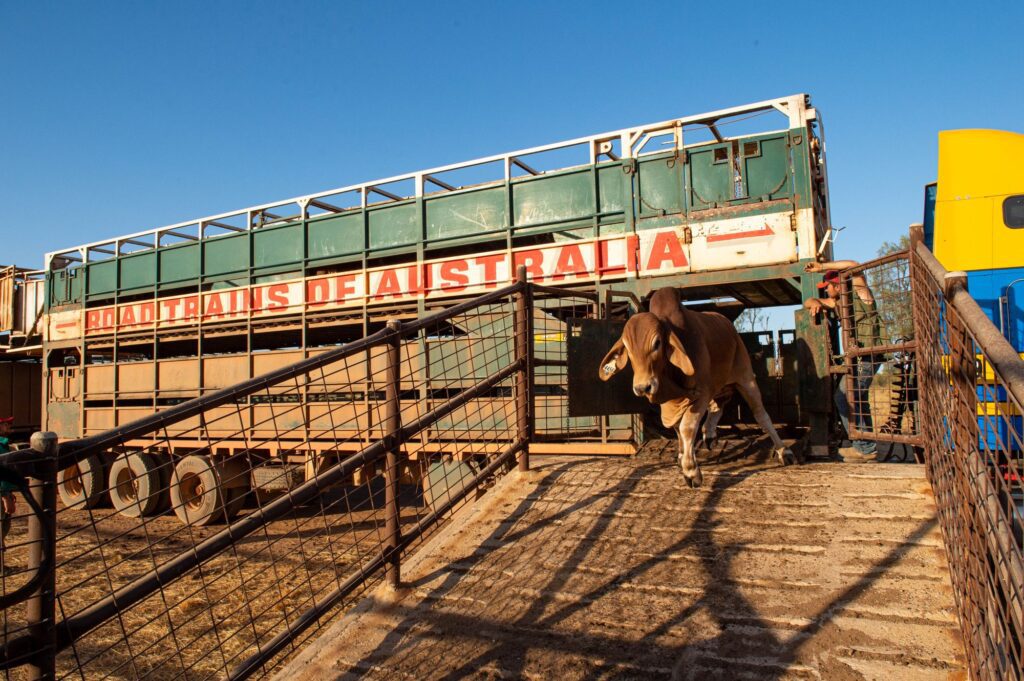
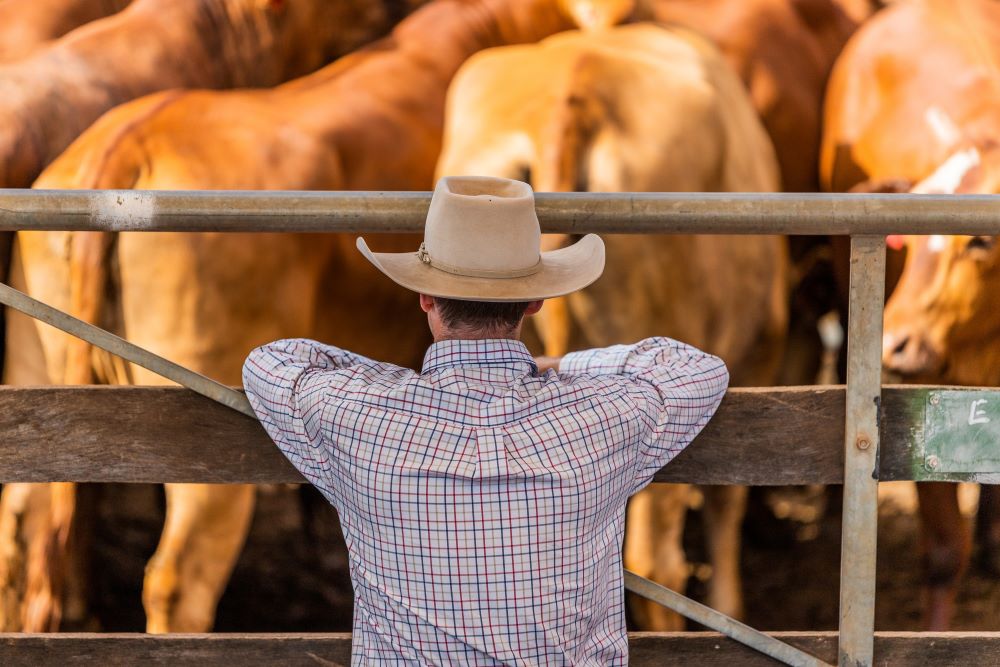
AgTrace Australia approached this case study with a hypothetical scenario that:
- Used location as a ‘trust anchor’ requiring the integration of property boundaries with business identifiers.
- Created a credential that was subjected to uncontrolled third-party scrutiny, with the view of monitoring compliance and/or facilitating an audit.
- That credential was considered to be ‘live’ and could be revoked at any time during a product’s journey to the consumer.
To effectively address the development of this credential, consideration was given to:
- Identifying land that has been cleared.
- Tracing livestock/meat from production through to market.
A final report is currently under review and will be publicly available when appropriate.

